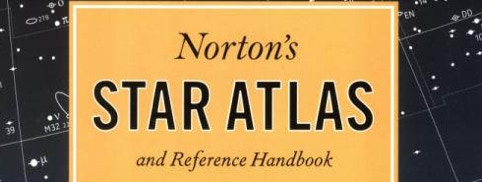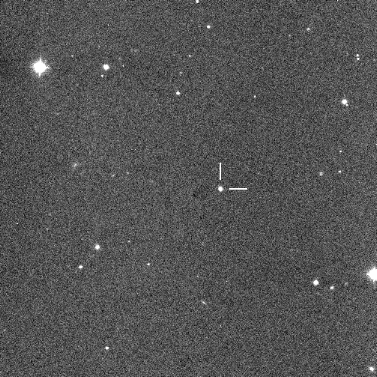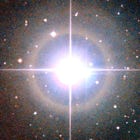
Norton’s Star Atlas – a brief history
Norton’s Star Atlas first appeared in 1910 and rapidly established itself as a standard reference work for amateur and professional astronomers alike. One reason for its success was the convenient arrangement of the charts into vertical slices, technically known as gores, each covering one-fifth of the sky. In addition, the charts depicted all but the faintest stars visible to the naked eye under good conditions. (To see a scan of the first edition online, click here.)
The charts were drawn by Arthur Philip Norton (1876–1955), a British amateur astronomer and schoolmaster, after whom the Atlas was named. (For a biography of Norton by the late Stephen James, click here.) Norton’s charts owed a clear debt, both in their projection and their artistic style, to R. A. Proctor’s Star Atlas for the Library, the School and the Observatory, first published in 1870. However, Norton did not acknowledge Proctor’s prior work.
Over the succeeding years Norton’s Star Atlas went through numerous editions, in the course of which Norton redrew the charts twice, in 1933 and 1943, each time extending the magnitude limit and incorporating other improvements. During this time the reference handbook section, which was mostly contributed by others under the guidance of the book’s publisher, grew to become as valuable as the Atlas itself.
Norton’s final version of the charts remained in print long after his death in 1955. I was appointed editor for the 18th edition, published in 1989, by which time Norton’s had come to look seriously dated. (Michael Rodgers, the editor at Longman who took the book on and gave it a new lease of life, explains some of the background in his book Publishing and the Advancement of Science.)
With a new publisher, and the chance to start afresh, the 18th edition of Norton’s marked a major departure in the book’s history. For the first time it contained nothing by Arthur Norton himself, although his name and legacy lived on.
The charts were completely replotted by Bartholomew’s in Edinburgh using the latest edition of the Bright Star Catalogue and its Supplement, the standard compendium of naked-eye stars, produced by Yale University Observatory.
In parallel with this, the text was extensively rewritten and reorganized, while attempting to retain the book’s essential character with its emphasis on reference information and practical observing advice. The 19th edition, which followed in 1998, saw the move to computerized typesetting of the text.
For the 20th edition, which first appeared in 2003, publication of this quintessentially British Atlas moved to New York, although the editor and contributors remained in the UK. Its pages were spectacularly redesigned and the charts redrawn by award-winning designer Charles Nix and his associate Gary Robbins. The text received a major overhaul and included new sections on computerized telescopes and the use of CCDs for astro-imaging, both of which have changed the face of amateur astronomy.
Note: The 20th edition was first published under the Pi Press imprint of Pearson Education Inc. In 2007 a corrected reprint with improved binding was published under the Dutton imprint of the Penguin Group, although still bearing the 2004 copyright date of Pearson Education. As of 2015 the Dutton edition was out of stock and the editor knows of no plans to reprint or to produce a new edition.
Ian Ridpath
ian @ ianridpath.com
Norton’s 20th edition Addenda and corrigenda
Asteroid 3869 Norton

Asteroid 3869 Norton, imaged by Alan Fitzsimmons and Catherine Dandy of Queen's University Belfast on 2001 July 25 with the 1-m Jacobus Kapteyn Telescope on La Palma. The asteroid lies to the right of centre and is indicated by white tick marks. Asteroid Norton was named at the suggestion of Ian Ridpath to commemorate the publication of the 18th edition of Norton’s Star Atlas in 1989. The asteroid, initially known as 1981 JE, was discovered by expatriate Brit Ted Bowell of Lowell Observatory.
Asteroid 3869 Norton – orbital elements
Period: 3.84 years
Perihelion: 2.14 au
Aphelion: 2.76 au
Eccentricity: 0.126
Inclination: 4°.4
